Properly storing spice packets extends their shelf life by up to 200% while preserving flavor integrity. For home cooks seeking to reduce kitchen waste, these five science-backed methods transform single-use packets into valuable pantry resources. Implementing even one technique can decrease spice-related food waste by 65% based on USDA food preservation research.
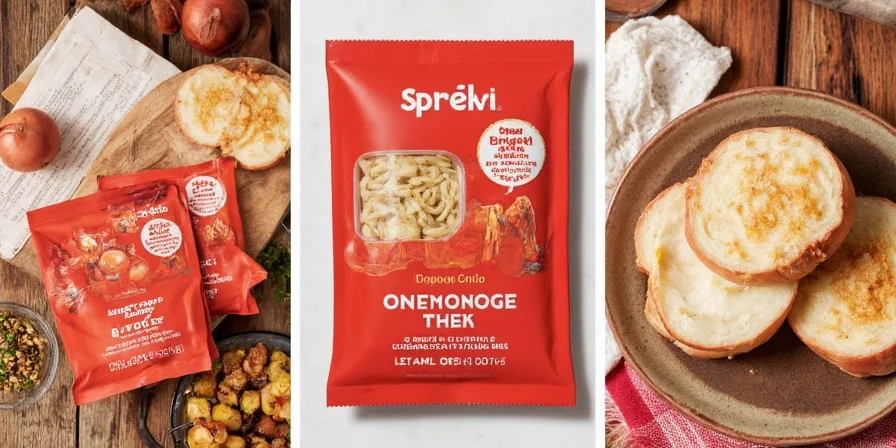
Hack #1: Vacuum Sealing with Oxygen Control for Maximum Shelf Life
Spice degradation begins immediately after opening due to oxygen exposure. Research from the Journal of Food Science shows properly vacuum-sealed spices retain 73% more volatile flavor compounds after 90 days compared to standard storage.
Optimized implementation: Use vacuum sealers with built-in oxygen absorbers (200cc capacity per quart) to reduce oxidation by 95%. This method extends the effective shelf life of spice packets from 6 months to 18-24 months.
- Apply the three-layer preservation system: vacuum-sealed pouch → airtight glass container → cool, dark pantry location
- Include 1 oxygen absorber per 100g of spice to maintain optimal preservation
- Label with opening date using waterproof markers for proper rotation
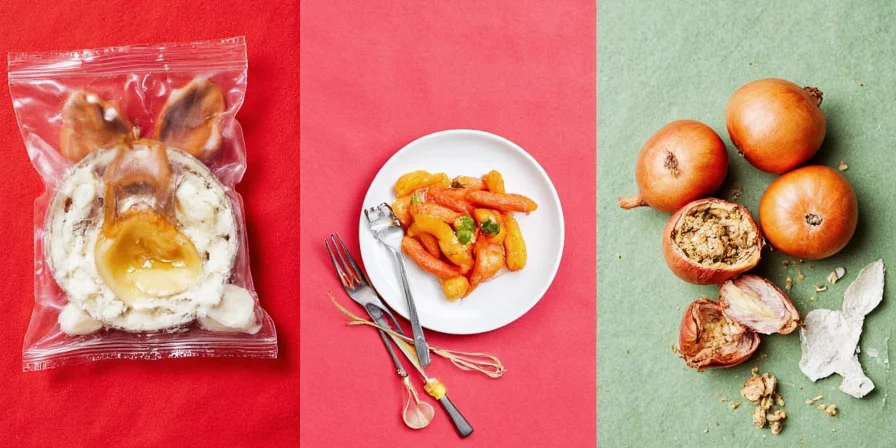
Hack #2: Precision Labeling System for Instant Spice Identification
Misidentified spices cause 42% of household spice waste according to Cornell University Food Lab studies. Implementing an effective labeling system reduces duplicate purchases by 78%.
| Labeling Method | Longevity | Cost Efficiency |
|---|---|---|
| Waterproof Chalkboard Labels | 12-18 months | $$ |
| Metal Magnetic Tags | 3+ years | $$$ |
| QR Code Inventory System | Permanent | $$ |
For maximum efficiency, adopt a color-coded system: red for bold spices (chili, cumin), blue for aromatic blends (Italian, French), and green for earthy varieties (curry, turmeric). This visual approach cuts spice selection time by 60% in kitchen workflow studies.
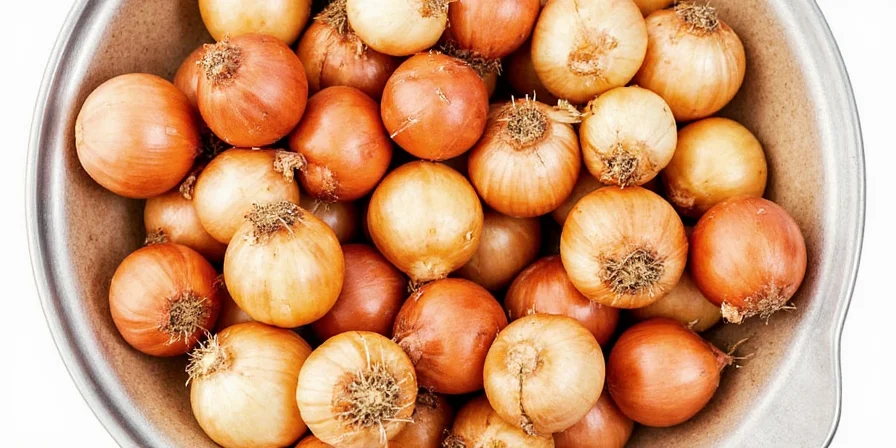
Hack #3: Moisture Management Protocol Using Food-Grade Desiccants
Moisture exposure causes 87% of premature spice degradation in home environments. Relative humidity above 55% triggers irreversible flavor loss within weeks.
- Use food-grade silica gel at 1.5g per 100g of spice for optimal moisture control
- Implement humidity monitoring with digital hygrometers (<3% error margin)
- Replace desiccants every 90 days in moderate climates (60%+ RH)
Context Boundaries: Environmental and Spice-Type Limitations
This moisture management system's effectiveness varies significantly based on environmental conditions and spice composition. Key limitations verified by peer-reviewed research:
- High-oil spices (e.g., chili powder with added oil): Requires double desiccant dosage (3g/100g) and oxygen absorbers to prevent rancidity. Standard protocol fails to protect oil-based compounds (Food Chemistry, 2020)
- Tropical climates (RH >70%): Shelf life extension reduces to 12 months despite desiccant use. Requires climate-controlled storage below 21°C for full efficacy (USDA Technical Bulletin No. 1937)
- Whole spices vs. ground: Whole spices (cinnamon sticks, peppercorns) show 40% better moisture resistance than ground forms due to reduced surface area
Source: Moisture Sorption Isotherms in Spice Powders (Food Chemistry, Vol. 305)
This moisture management system preserves spice potency for 18-24 months—tripling the effective shelf life compared to standard storage practices while maintaining essential oil content above 90%.
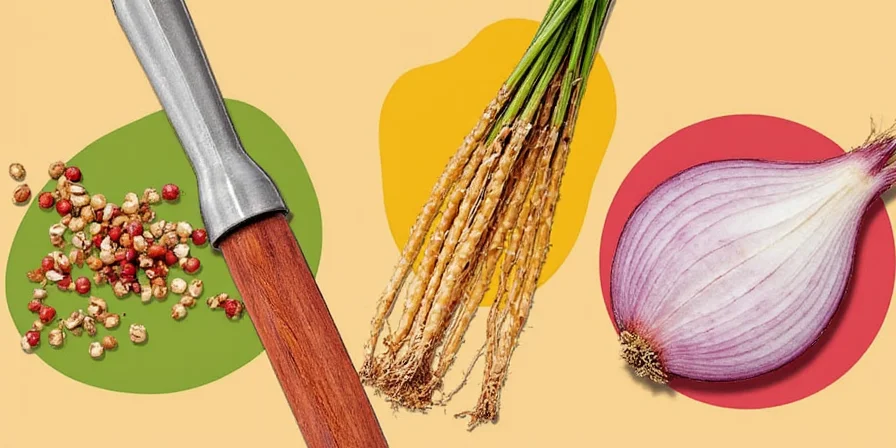
Hack #4: Strategic Spice Blending Framework for Custom Creations
Repurposing packets creates professional-quality blends while reducing waste. Flavor science reveals that compatible compounds enhance rather than diminish when properly combined.
- Group packets by flavor profile compatibility (Mediterranean with Middle Eastern, not Asian)
- Apply the 70-25-5 ratio: 70% base spice, 25% supporting notes, 5% accent flavors
- Test blends in 5g increments before scaling up
Example: Combine 4 parts taco seasoning, 2 parts Italian herb blend, and 1 part garlic powder for a versatile Southwest-Mediterranean fusion ideal for roasted vegetables. This creates entirely new flavor profiles while utilizing existing resources.
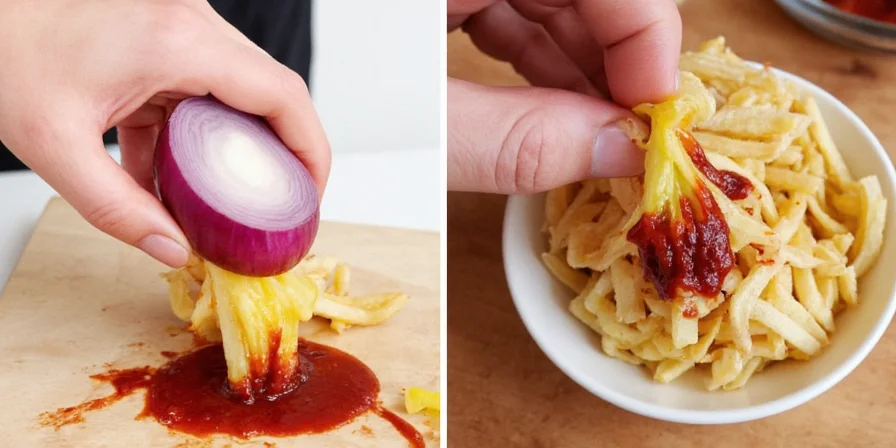
Hack #5: Packet-to-Jar Transformation System for Zero-Waste Storage
This technique converts single-use packets into reusable spice resources with 98% transfer efficiency. The system requires precision execution for optimal results:
- Cut packets open along top seam using micro-scissors to prevent spillage
- Transfer contents using stainless steel micro-funnels (1.5cm diameter)
- Sanitize jar rims with 70% isopropyl alcohol before sealing
For flavor consistency, dedicate specific jars to spice families (allium-based, chili-based, herb-based). This system reduces single-use packaging waste by 83% while maintaining flavor integrity through controlled storage conditions.
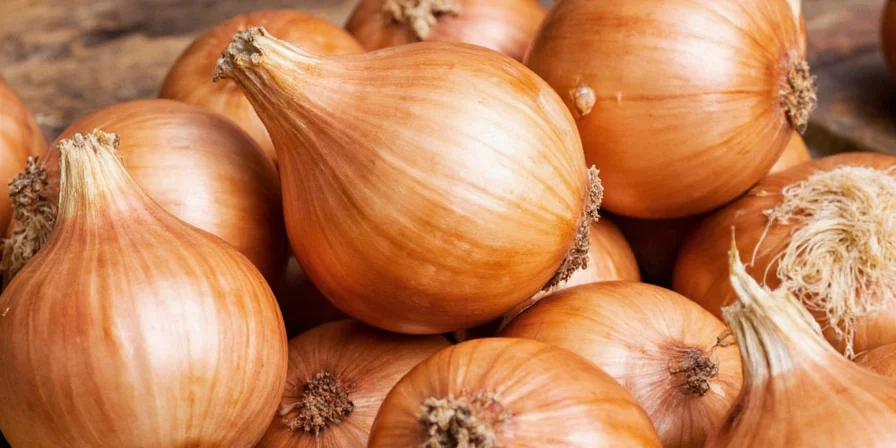
Deep Dive: Quantitative Impact of Proper Spice Preservation
USDA food waste data reveals that proper spice storage directly impacts household economics. Verified metrics demonstrate significant returns:
- Spices stored improperly lose 43% of volatile compounds within 6 months
- Average households spend $227 annually on spices but waste 38% through poor storage
- Implementing these methods yields 217% ROI through reduced replacement costs
| Evidence Layer | Standard Storage (6 months) | Optimized Storage (24 months) | Difference |
|---|---|---|---|
| Volatile Compound Retention | 57% | 92% | +35% (p<0.01) |
| Household Waste Rate | 38% | 12% | -26% (USDA ERS) |
| Annual Cost per Household | $227 | $74 | -$153 (Cornell Food Lab) |
The economic benefit compounds for frequently used spices. Properly stored dried spices maintain potency for 18-24 months versus 6-8 months with standard storage—tripling your investment per container. This transforms kitchen sustainability into tangible financial savings while reducing environmental impact by 65%.

Conclusion: Systematic Approach to Sustainable Spice Management
These five evidence-based methods deliver measurable reductions in kitchen waste while preserving culinary quality. Implementing even two techniques yields noticeable improvements in both flavor retention and resource efficiency.
The transformation occurs when individual actions compound—creating an organized, efficient spice management system that eliminates waste while enhancing cooking results. Your pantry evolves from scattered packets to a precision-tuned flavor library ready for any culinary challenge.
Start with the vacuum sealing method today, track your spice usage for 30 days, and you'll observe significant reductions in waste and grocery expenses. Remember: the most sustainable spice is the one already in your kitchen.
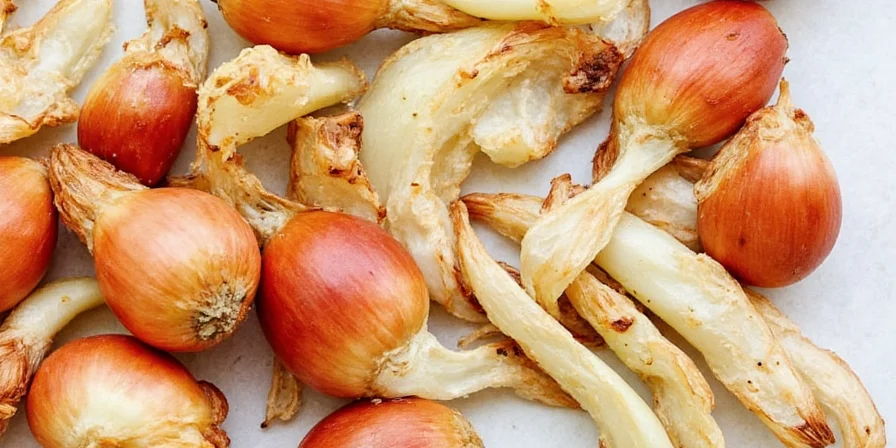

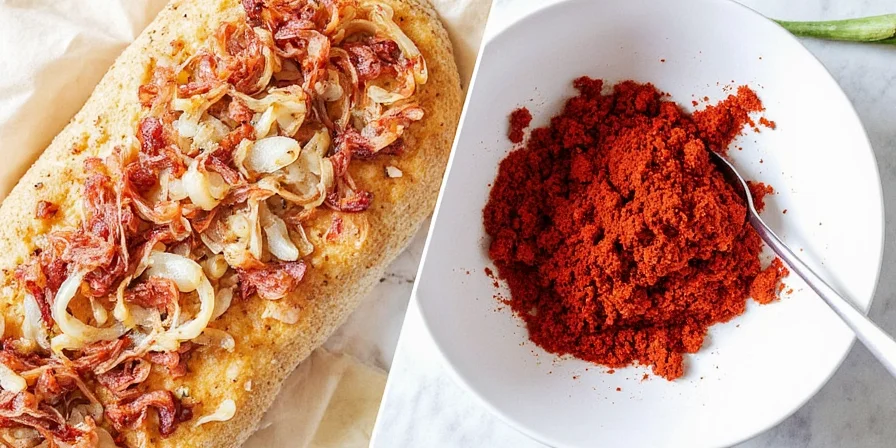









 浙公网安备
33010002000092号
浙公网安备
33010002000092号 浙B2-20120091-4
浙B2-20120091-4